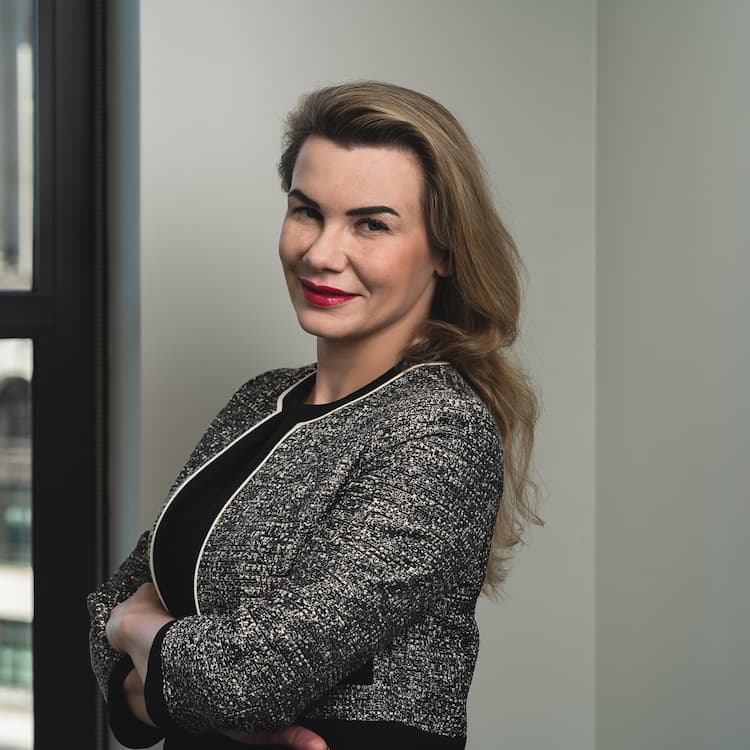Compliance
Money Laundering Weaknesses In The Art World

For all the changes that have taken place, such as the European Union's fifth AML directive, there remains a lack of scrutiny in art transactions from a compliance viewpoint. That's the argument of the present author.
The intersection of the art world and compliance remains an
important topic. Here is another insightful article on such
topics from Angelika Hellweger, who is legal director at Rahman Ravelli. (See
a previous example from her here.)
Hellweger argues that there has been a lack of scrutiny of
art transactions.
The editors are grateful for these insights and invite readers to
jump into the conversation. The usual editorial disclaimers
apply. To comment, email tom.burroughes@wealthbriefing.com
For a business sector that does so much to promote beauty and
creativity, the art market is becoming the focus of many who
believe that more needs to be done to tackle its dark side. More
specifically, the use of art in the practices of money laundering
and sanctions evasion.
The concerns, to some degree at least, are justified. The art
market is, apart from in the EU (1) and the UK (2), unregulated
in large parts of the world – even in jurisdictions where it
would be assumed that such regulation has been in place for a
number of years.
We can place the US in this category, even though it is
recognised as one of the world’s most significant nations for art
buyers. In the US, money laundering has been a crime since 1986,
and it was one of the first countries to make such activity an
offence. The United States Department of the Treasury is fully
dedicated to combatting all aspects of money laundering,
prosecuting money laundering crimes is the responsibility of the
Department of Justice, and the Federal Bureau of Investigation,
the Drug Enforcement Administration, US Secret Service and a
number of other agencies regularly conduct money laundering
investigations.
Yet the enforcement of the country’s anti-money laundering (AML)
and sanctions rules – of which there is no shortage – is limited.
To take one example, the Bank Secrecy Act authorises the
Department of the Treasury to impose reporting and other
requirements on financial institutions and other businesses to
help detect and prevent money laundering. Yet these measures do
not apply to art transactions facilitated by art dealers or
auction houses. Recent efforts to implement stronger rules were
rejected by the US Senate, despite the fact that the US is
generating 45 per cent of the global art market value
(3).
But it should be said that the US is not alone in taking this
stance. Anti-money laundering provisions do not apply to art
transactions in many other jurisdictions. Switzerland, for
example, is another significant art hub where dealers and
auction houses are not yet subject to its AML laws. And
Switzerland imposes anti-money laundering obligations exclusively
on cash transactions above SFr100,000 ($109,257) – although
that may be subject to change next year, if proposed new reforms
to tackle money laundering and sanctions evasion are
introduced.
But at present, we have a situation where a lack of AML
provisions in two of the five main art selling nations means that
neither the purchaser nor the seller are obliged to verify the
identity of the other. As the US and Swiss art markets handle
many of the largest and most notable art sales, this is a far
from ideal set of circumstances. In addition to the lack of AML
rules, a significant number of art sales take place via the use
of intermediaries or shell companies. Such practices enable the
seller and buyer to conceal their identity, making it easy to
conclude anonymous deals. Nobody needs to paint a picture to
illustrate quite how appealing that must be to the money
launderer.
It should, however, be noted that various sanctions regimes have
been imposed which are wider in their scope than AML regulations,
as sanctions apply to all entities. They are not only relevant to
the art market and its participants, but for every business that
wishes to enter into a transaction with a sanctioned individual
or entity.
Yet we remain in a position where art sales totalling millions –
if not billions – are going ahead free from scrutiny. The
authorities have, at times, sought to bring action. The US and
UK’s targeting of high-profile art collector Nazem Ahmad – over
allegations that he used his art collection to launder money for
the Lebanese group Hezbollah – is arguably the most high-profile
example of this. But this is just one action – and a
hotly-contested one at that – and could arguably be the
exception that proves the rule. Many are looking at the art. Too
few are looking at the wealth behind it.
Footnotes:
1, The EU extended the application of its AML directive to those carrying out transactions relating to art where the value of the transaction is €10,000 or more in 2018. The amendments also extended its application to the trading and storing of art in freeports.
2, The UK’s Money Laundering, Terrorist Financing and Transfer of Funds (Information on the Payer) Regulations 2017 covers ‘art market participants’. Those who deal in the sale, purchase or storage of works of art above a value of €10,000 ($10,541) are required to register with HMRC, nominate a person responsible for AML compliance, train staff in AML, report suspicions and keep records – with a failure to do so inviting legal consequences.
3, https://www.statista.com/statistics/885531/global-art-market-share-by-country/
